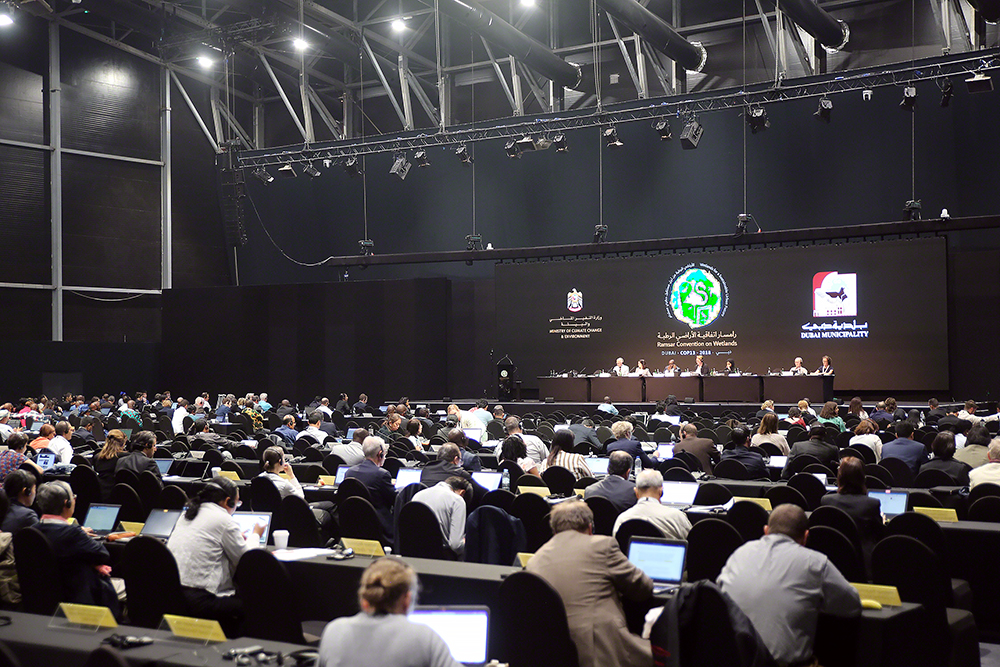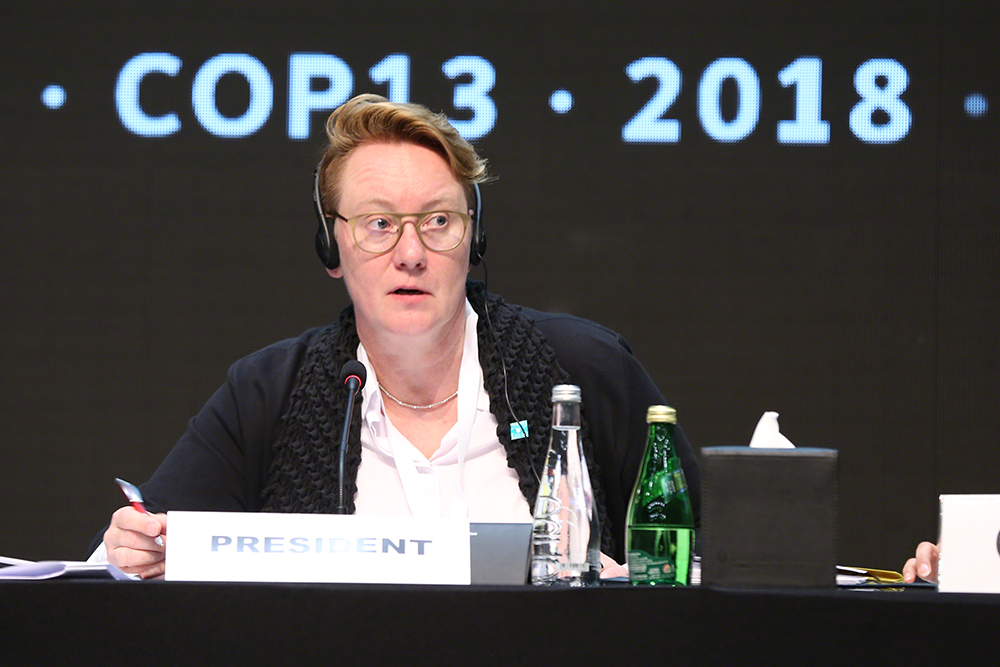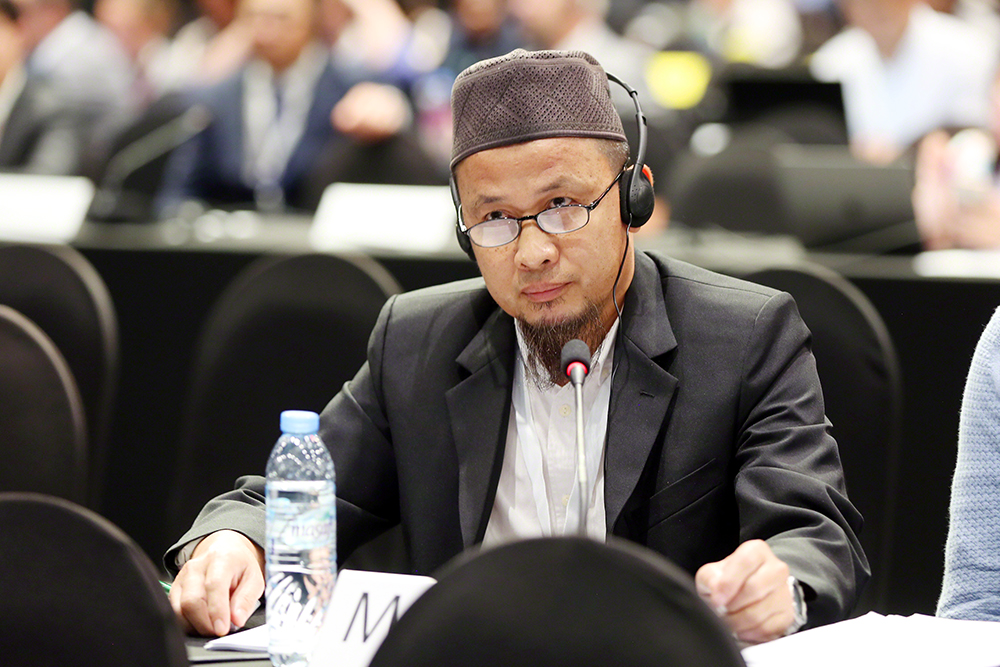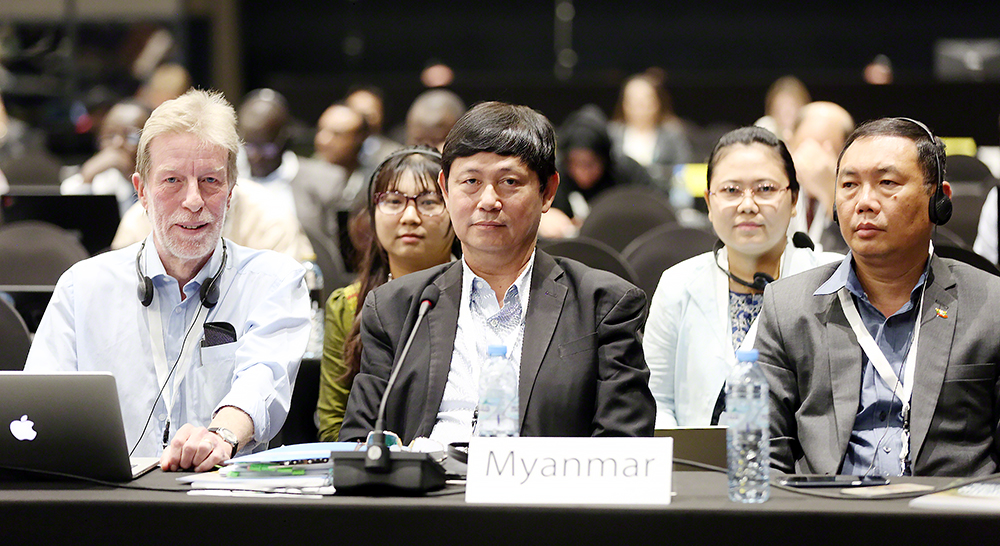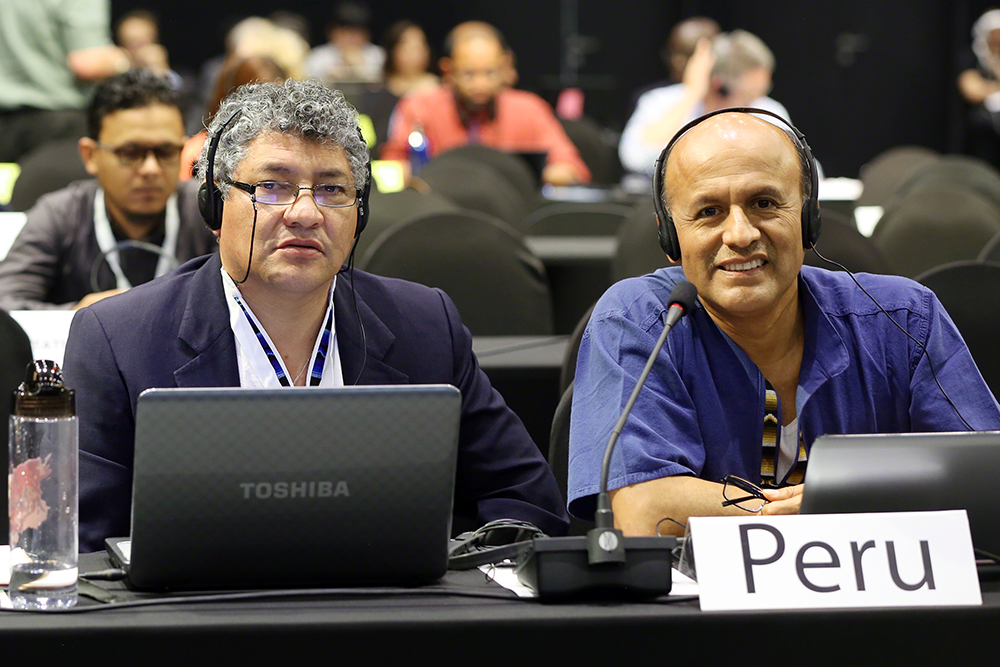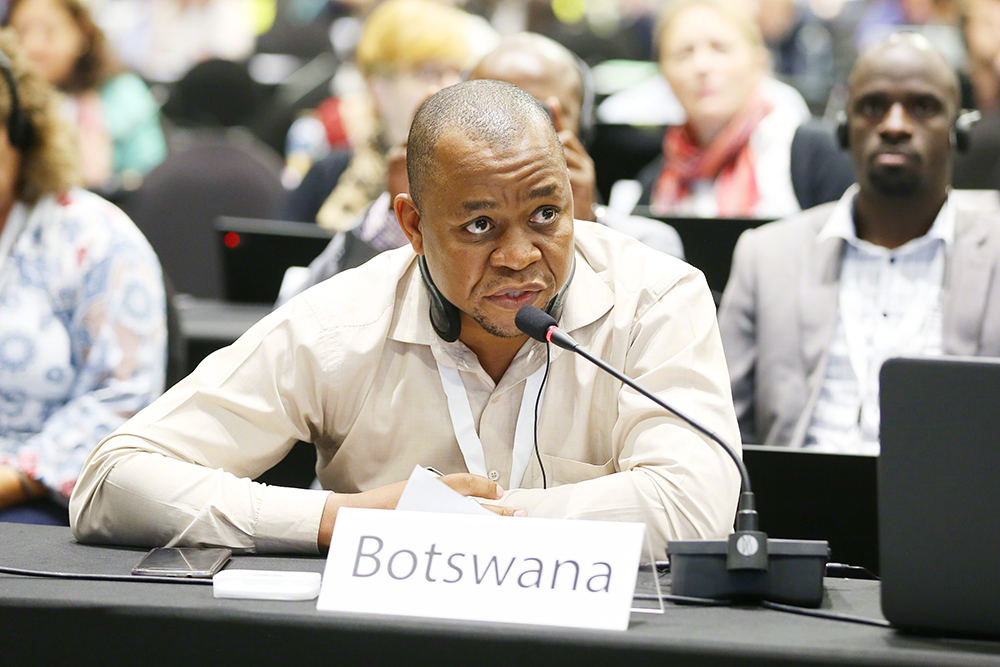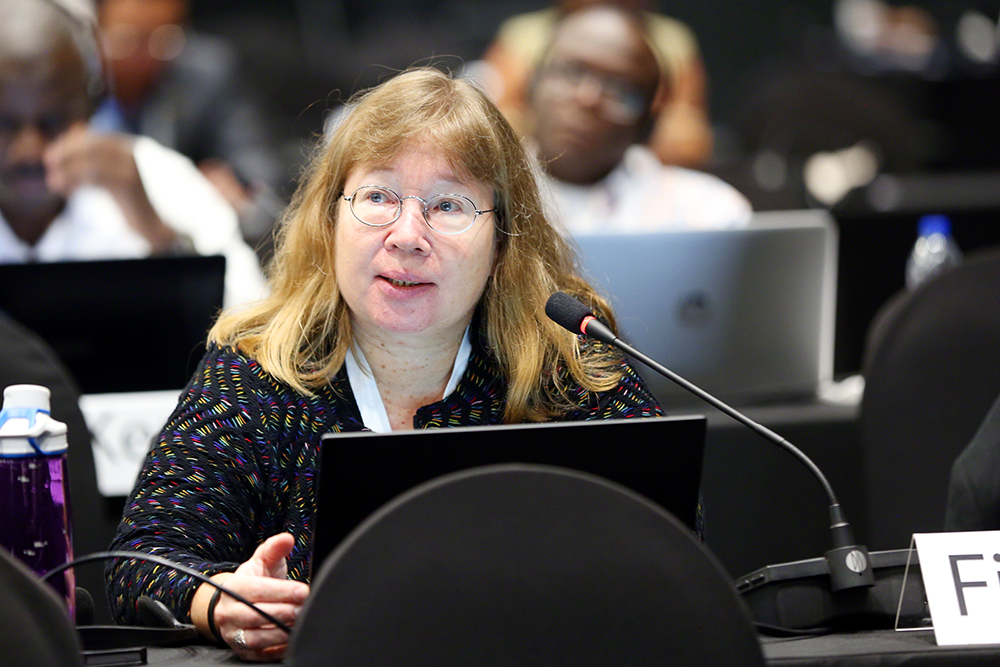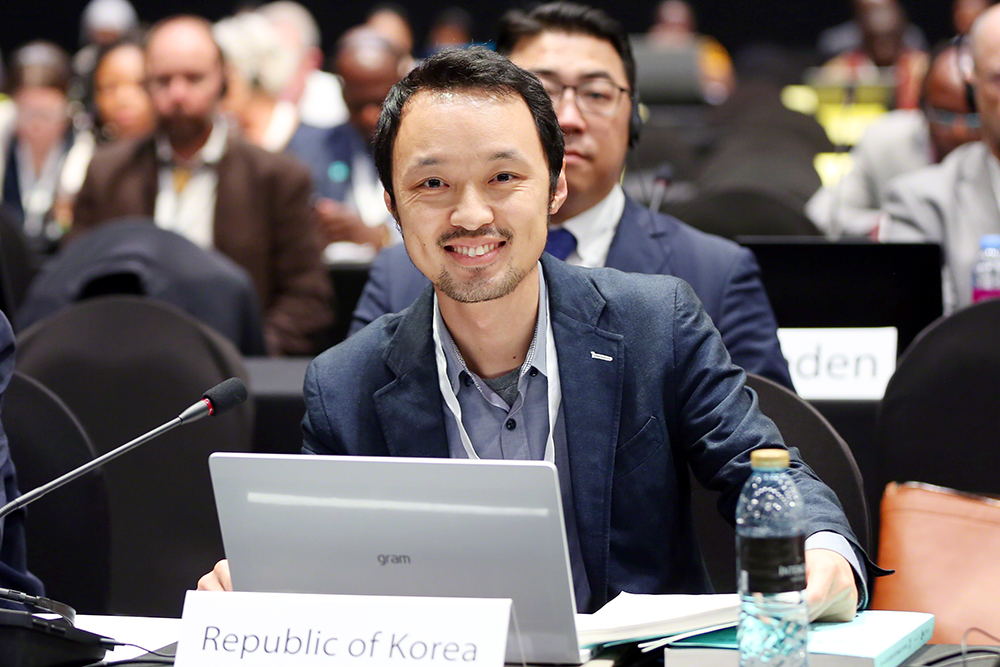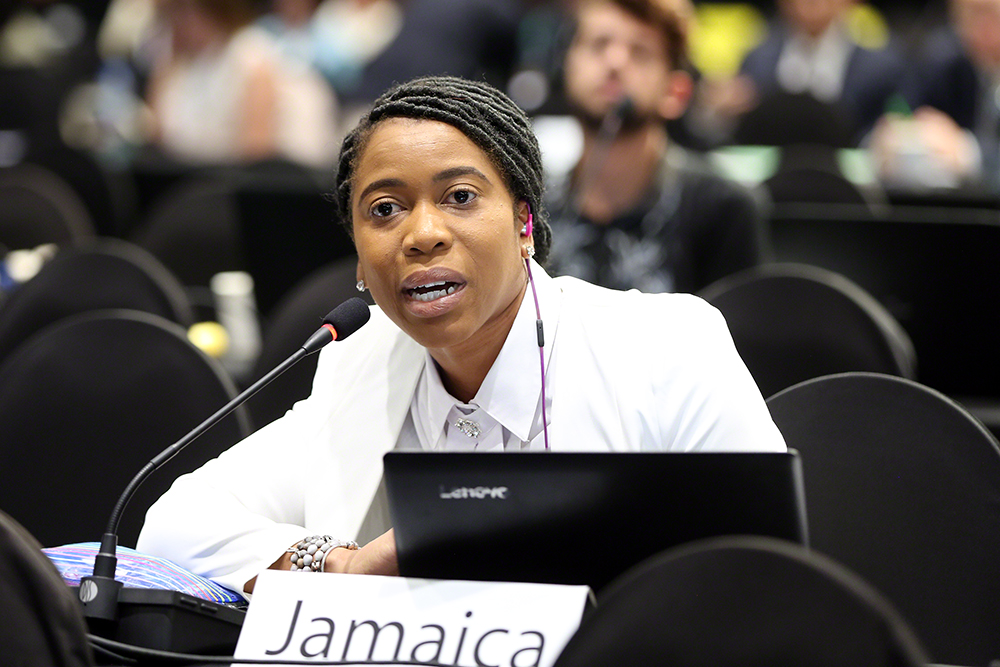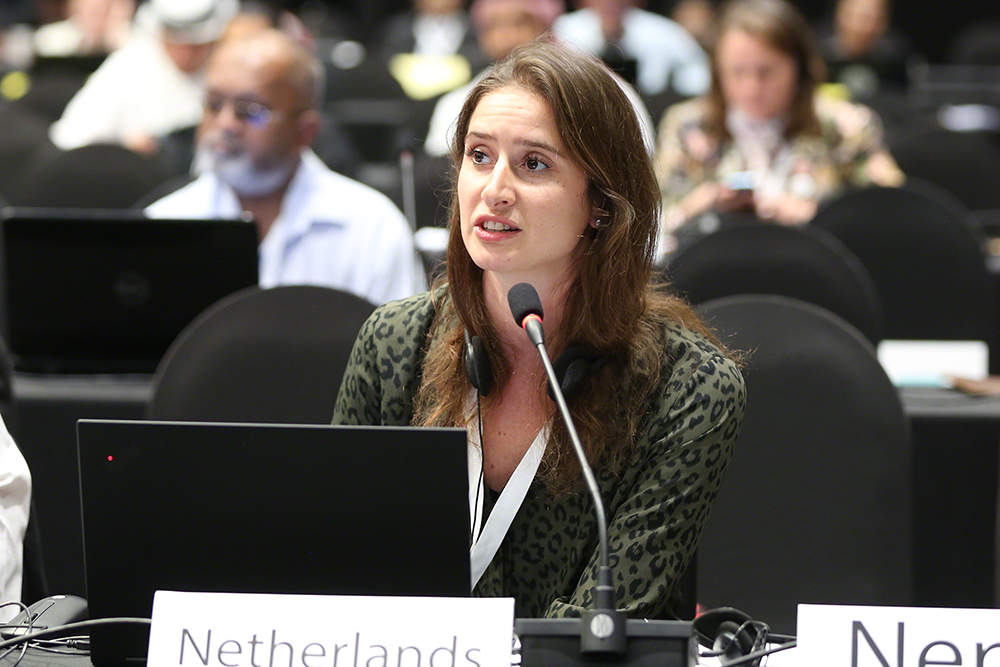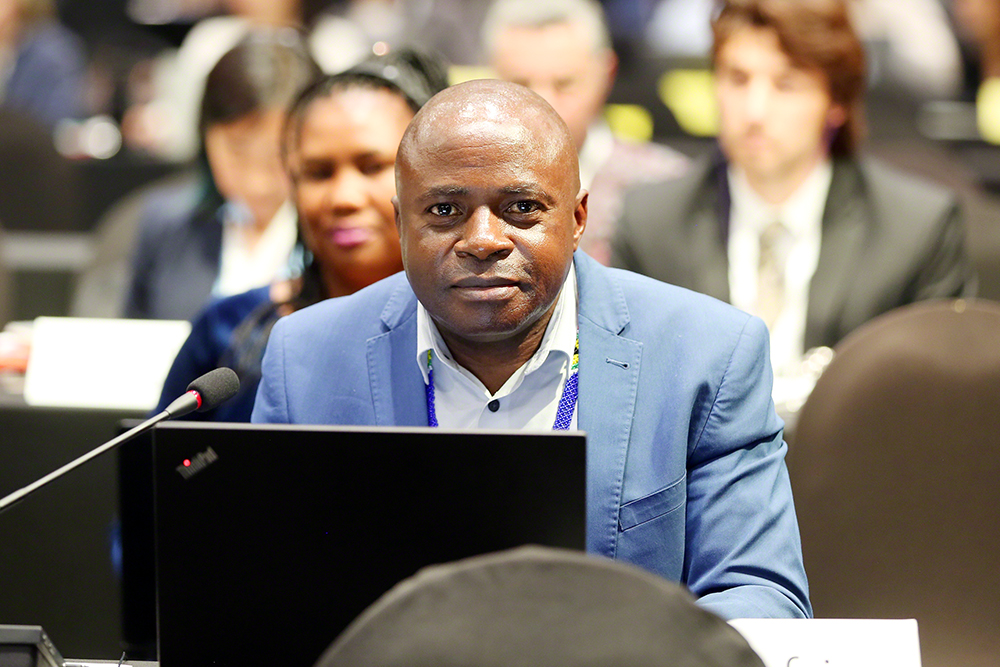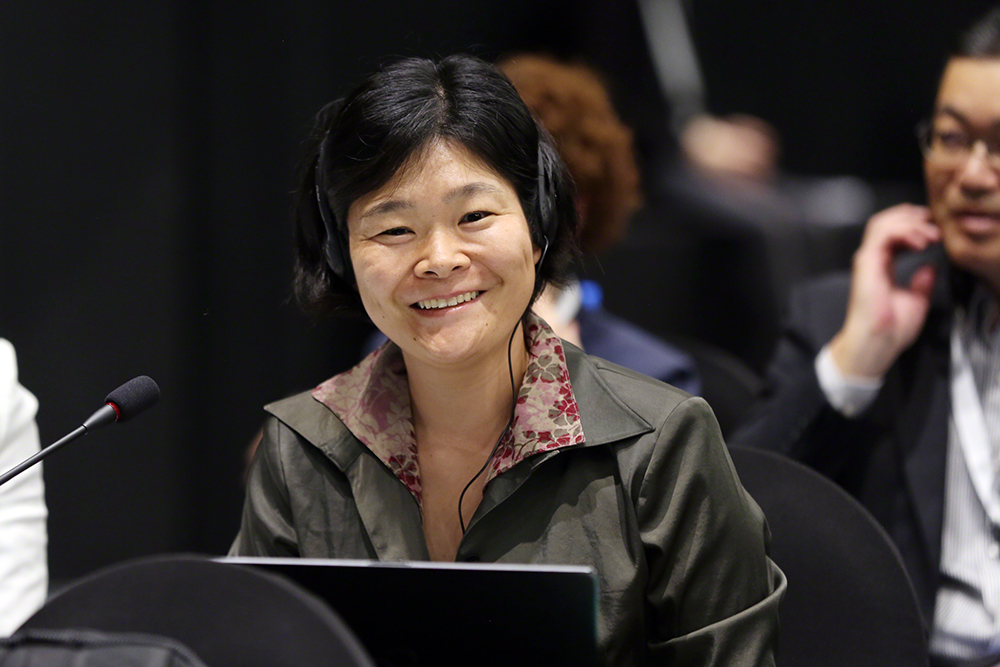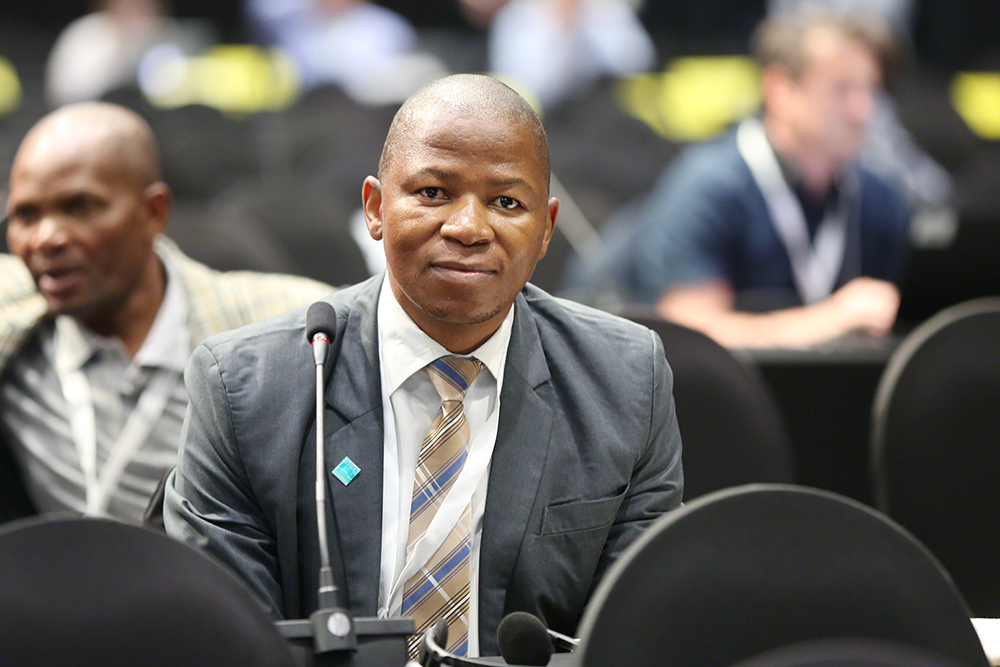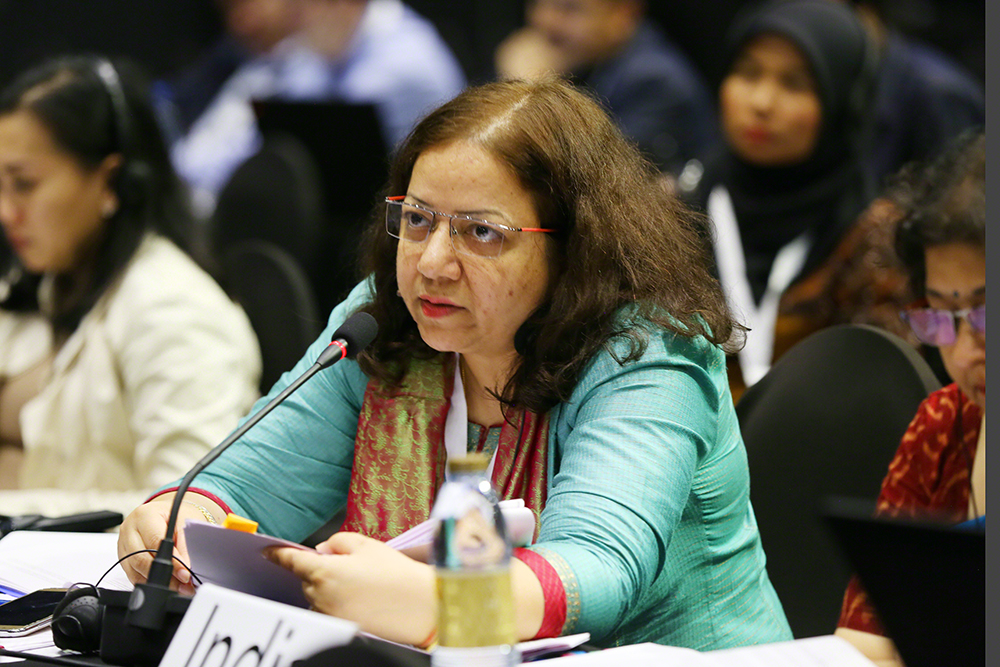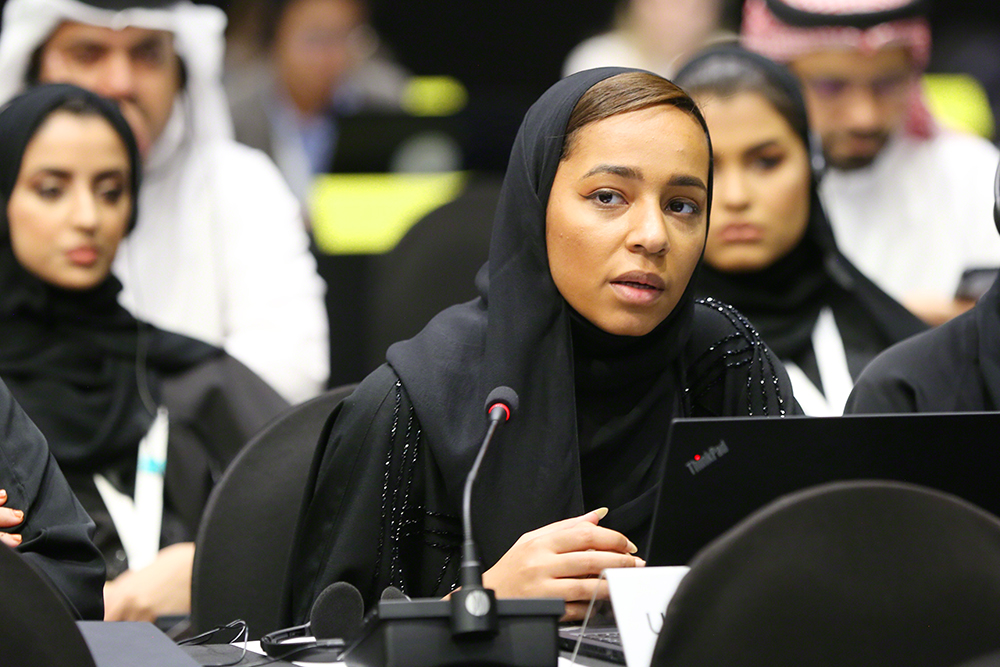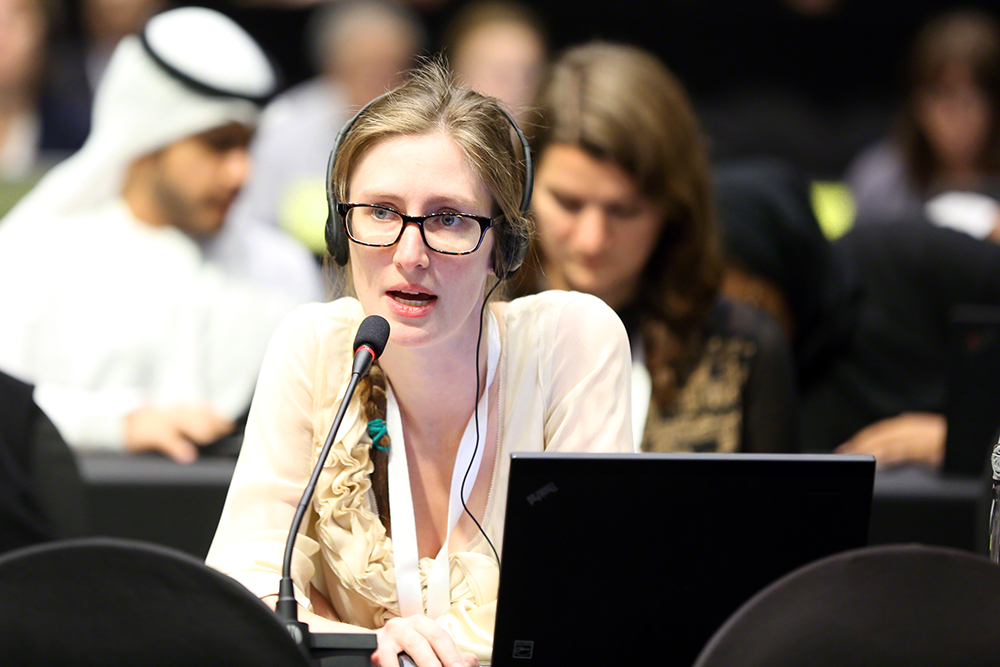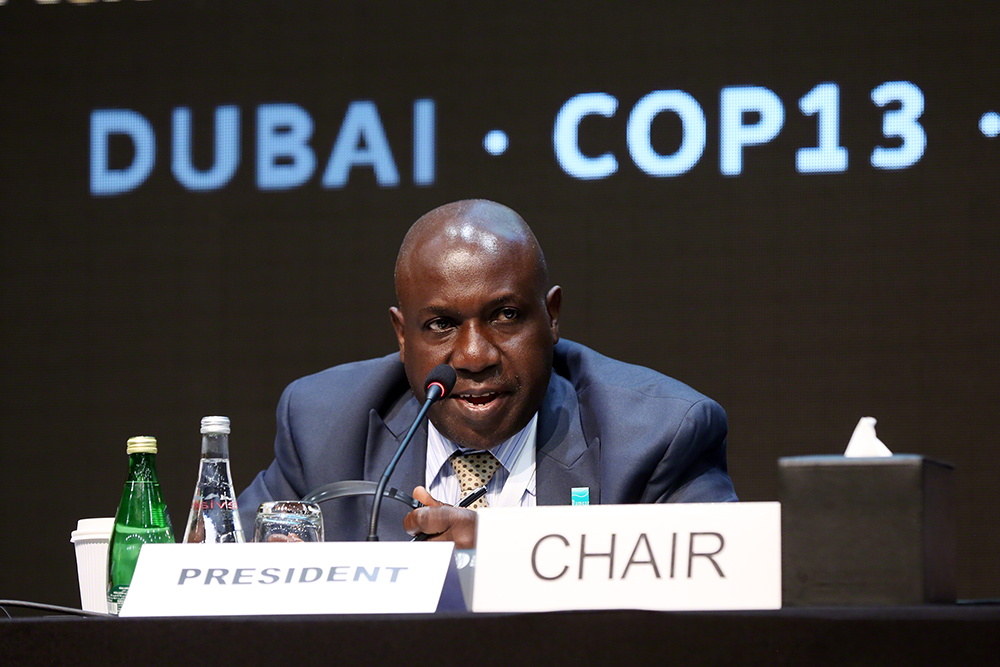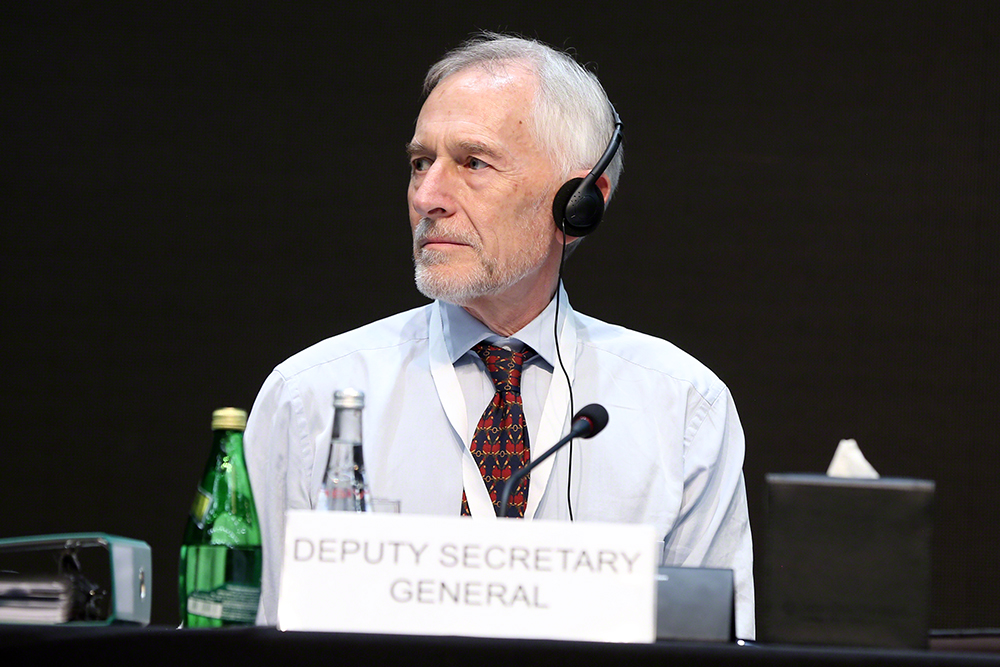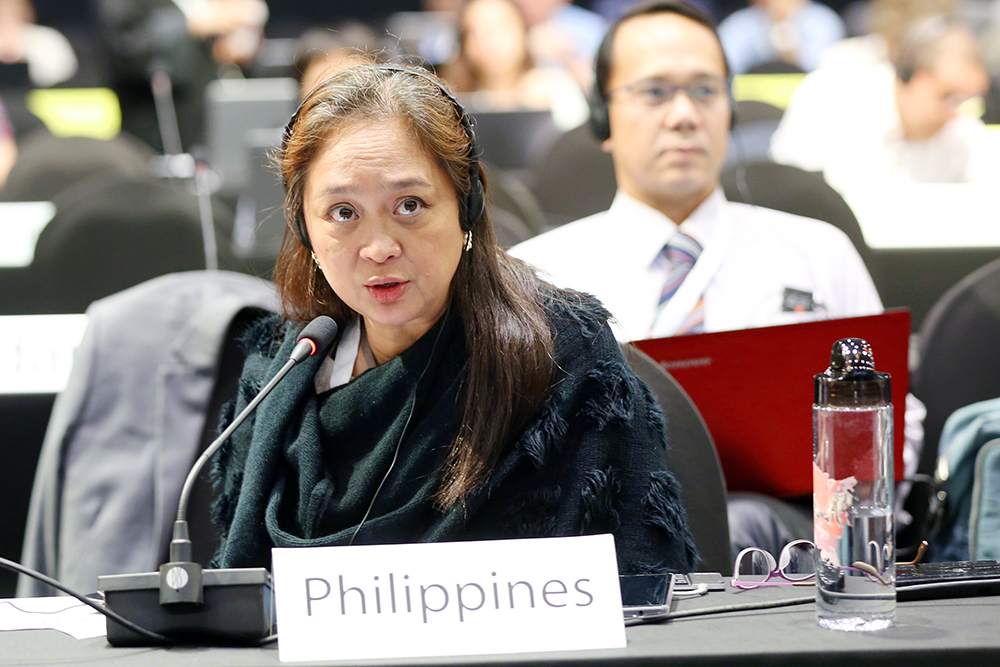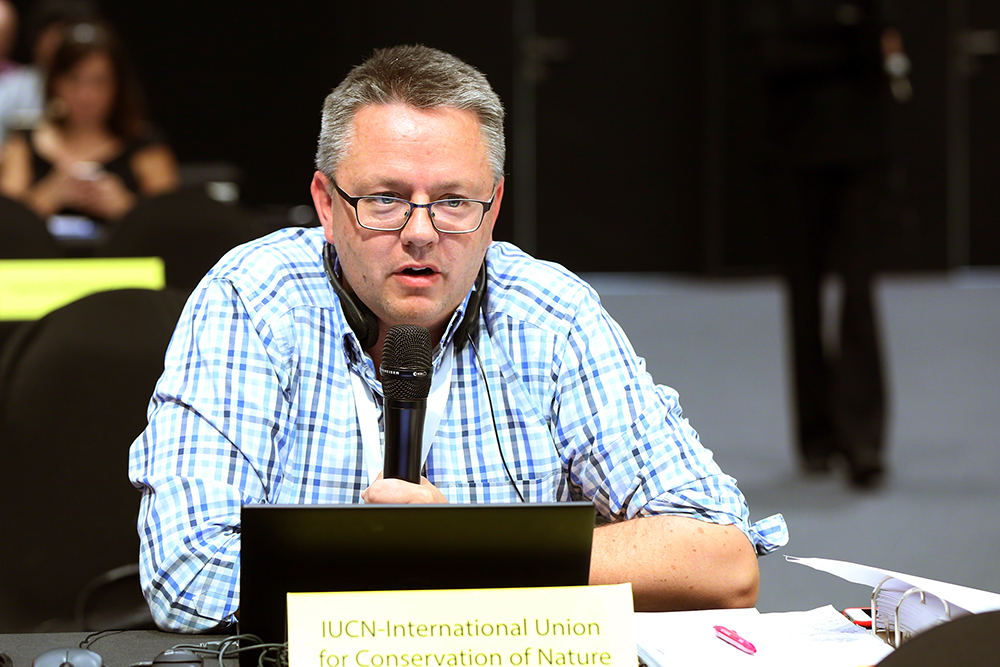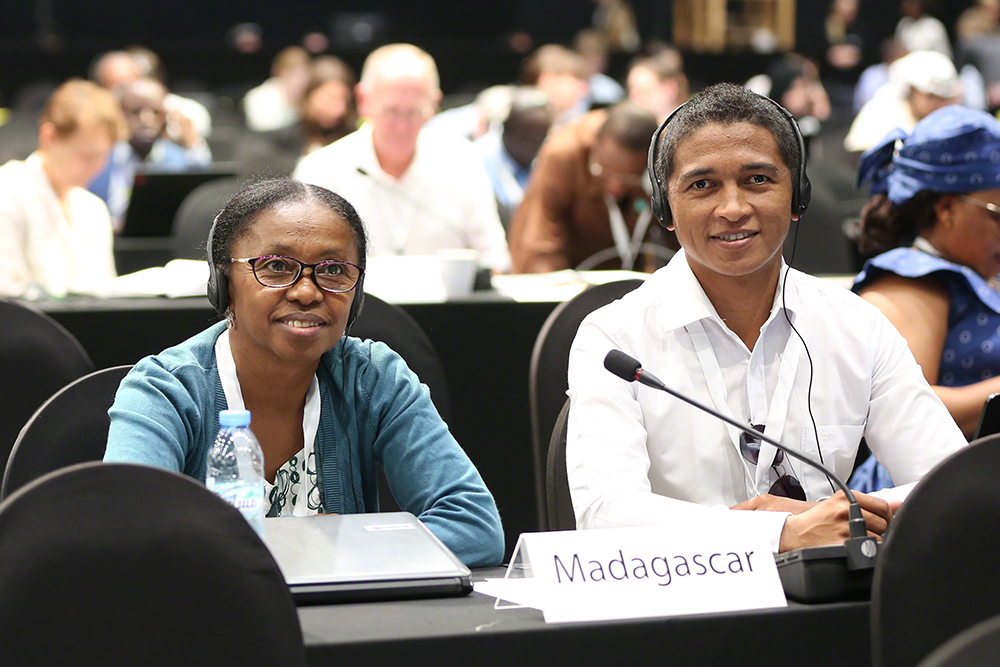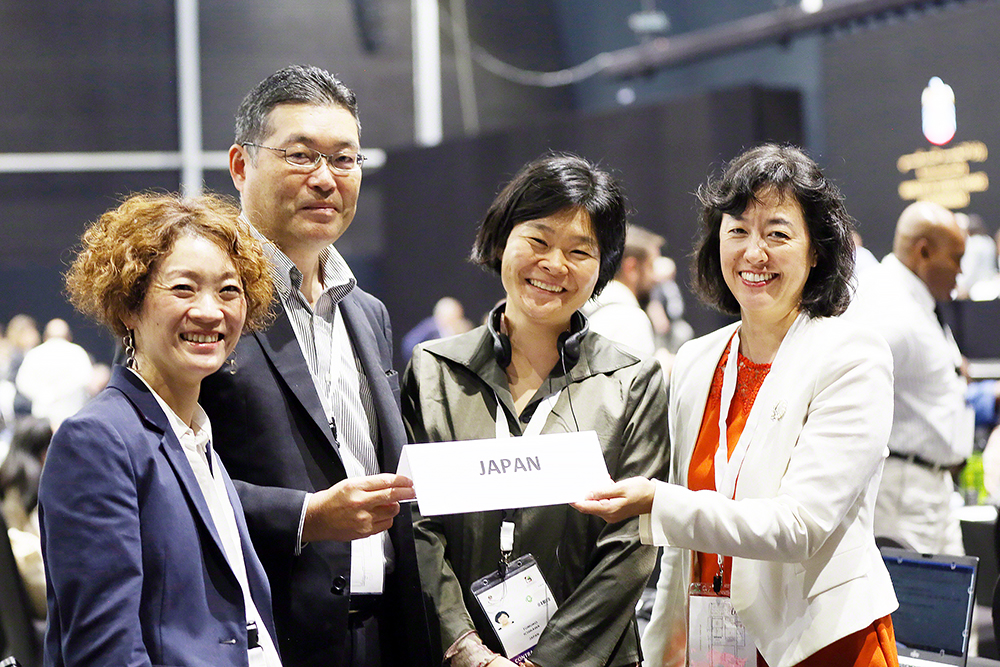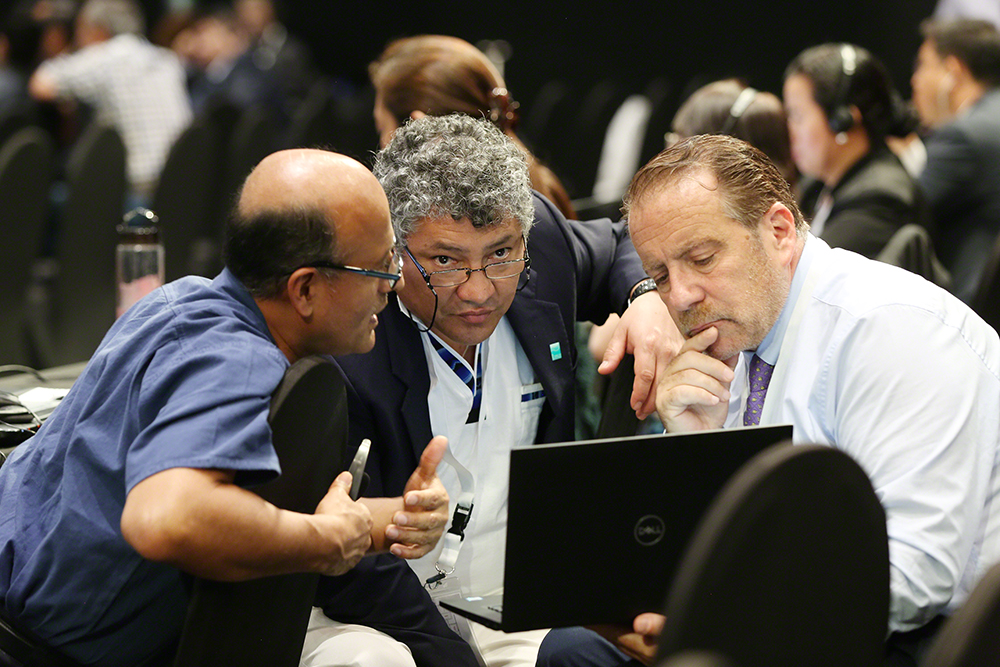Summary
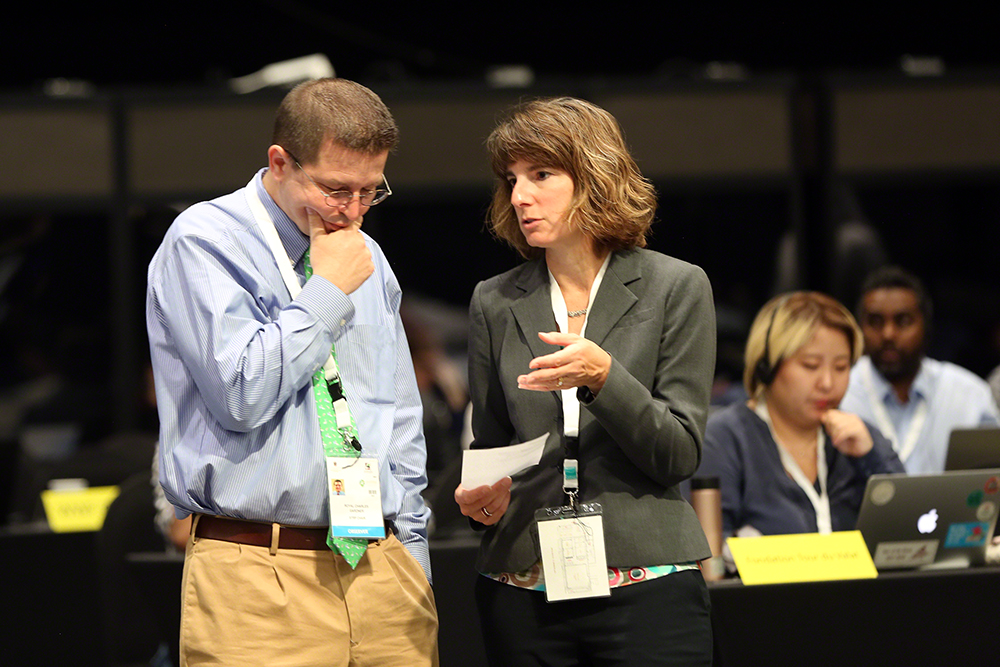
On Friday morning, COP13 elected the following parties to the Standing Committee for the coming triennium: Chad, Algeria, Uganda, Sierra Leone, and Zambia for Africa; the UK, Sweden, Armenia, and Azerbaijan for Europe; Australia for Oceania; Mexico for North America; Bhutan, Japan, and Oman for Asia; and Uruguay, Costa Rica, and the Dominican Republic for Central and South America and the Caribbean.Delegates then resumed consideration of draft resolutions, focusing on:
- rapid assessment of wetland ecosystem services;
- gender and wetlands;
- agriculture in wetlands; and
- intertidal wetlands and ecologically associated habitats.
In the afternoon, delegates completed the first review of all draft resolutions with discussions on:
- conservation and management of small wetlands; and
- wetlands in West Asia.
Plenary returned to the issue of the Convention’s governance to discuss compromise text replacing two earlier draft proposals, which would: retire seven subsidiary bodies and establish an Effectiveness Working Group to review the governance structure intersessionally, including with assistance of an independent consultant. On a separate draft resolution on the responsibilities, roles, and composition of the Standing Committee, delegates agreed to have terms of reference defined for the Executive Team, for approval by SC57.Key takeaways from the day included:
- COP13 seems to agree that a more thorough and independent diagnosis for at least some of its internal functions is needed before electing surgery;
- the time crunch is ever more apparent: four contact groups and up to 13 Friends of the Chair groups had to complete their work before day’s end to submit consensus text for translation; and
- Saturday field trips to local wetlands may provide both rejuvenation and a sense of urgency to help delegates bring it all together by the close of COP13.
IISD Reporting Services, through its Earth Negotiations Bulletin (ENB) Meeting Coverage, has provided a curtain raiser, daily web coverage, and a summary and analysis report from COP13.
Photos by IISD/ENB | Francis Dejon
For photo reprint permissions, please follow instructions at our Attribution Regulations for Meeting Photo Usage Page
